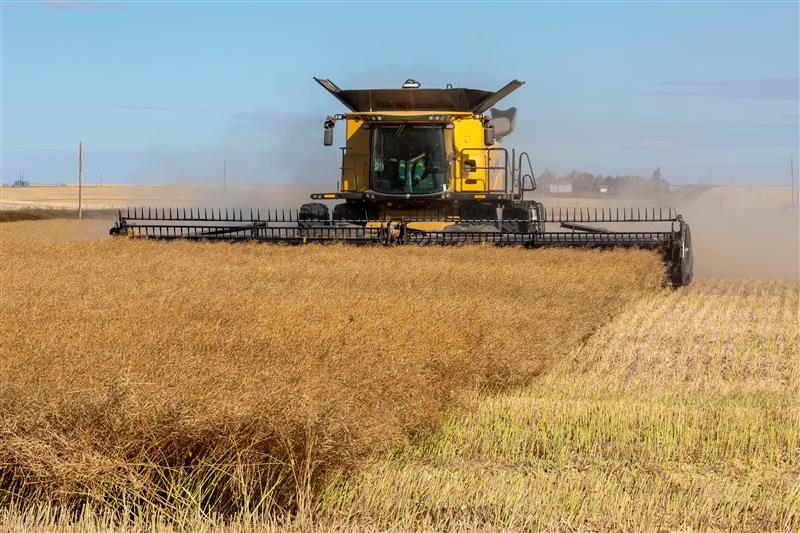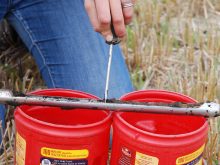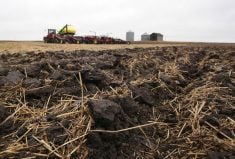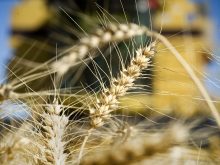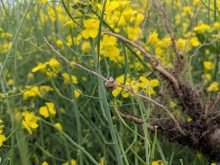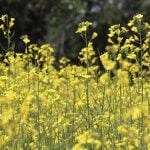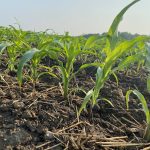The hay market has gone into cyberspace.
Ranging from classifieds to auctions, on-line opportunities for hay growers are popping up all over the internet.
One of them was started by John Diller in 1994.
The Clarksville, Missouri, grower said he started www.hayexchange.com because he had lots of hay to sell and a brand new internet account.
Over the past eight years, Diller’s site has grown to 2,600 ads, which remain on-line for four months.
“We believe in true freedom to farm, where people can find a place to sell without being attached to a market or neighbor,” Diller said.
Read Also
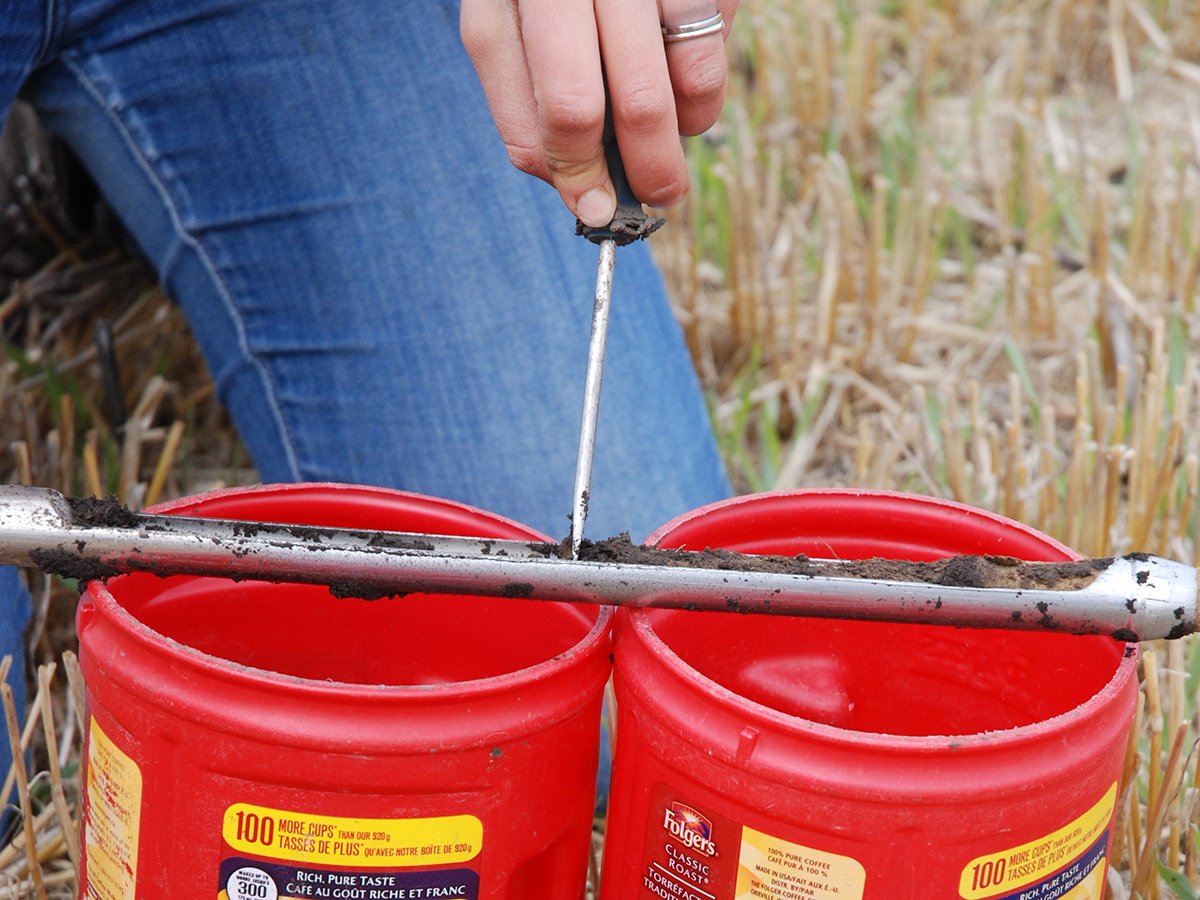
Federal government supports soil health strategy
Sophie Beecher, director general at Agriculture Canada, said at a soil conference in Winnipeg that the feds support the idea of a national soil health strategy.
Producers place their advertisements for free and fill out an on-line form telling potential buyers how to reach them.
Diller said there is a high element of trust when buying on-line, but most advertisers want to sell their hay at a fair and reasonable price.
“Producers have very little to lose and a whole lot to gain.”
Diller’s site maintains ads from more than 70 states, provinces and countries.
He said on-line advertisements “enable producers to sell (their) hay in a state where he’d otherwise have to drive, put in time. Now he can do it for free.”
Diller also maintains a price calculator to help producers determine a competitive price for their hay.
Ray Laing from Steinbach, Man., took out an advertisement on Diller’s website in early August, but hasn’t received any calls.
“It is a way to pass an evening, putting up ads, but I’m not sure if it’ll yield too much,” Laing said.
He discovered the website during an internet search and said that despite his lack of success so far, “(the web) is a good way to get across the world … and since it’s free, the right website and advertisement makes it easy for people to get product.”
Leslie Neal is another web master who has seen the hits on her site grow over the years. Neal is based in College Station, Texas, and began her site at www.haybarn.com five years ago.
The site’s mission statement is “to provide an easy, friendly and effective way of bringing together hay buyers and sellers.”
“Hay prices went crazy five years ago because of drought in Texas, so we started a website to help my father sell his hay,” explained Neal.
Like Diller, advertisements on Neal’s website are free.
Producers have to determine their own trucking expenses and set their own prices. Neal’s site doesn’t have a calculator, but she said the service can be obtained at on-line sites like the American www.forage.com.
Provincial agriculture departments can also help.
In Saskatchewan, producers can call 800-667-7564 to speak to a forage specialist or visit www.agr.gov.sk.ca to make sure they’re getting an accurate price.
Price calculators can be found at Alberta Agriculture’s website at www.agric.gov.ab.ca/. Manitoba websites include Manitoba Forage Council at www.mbforagecouncil.mb.ca/ and the provincial government at www.gov.mb.ca/agriculture. All three provincial websites include hay advertisements.
“The prices are competitive since everyone sees them,” said Neal.
“No one would want to be a laughing stock and put up a bad price.”
Glenn Ching has benefited from selling his hay on-line. The farmer from Rockglen, Sask., said being close to the United States border has enabled him to sell his product on sites like haybarn.com.
Ching set his price at “the least amount I was willing to let it go for. I have got calls every day … . It’s been a really good success.”
Someday he may also be able to bid directly on-line without picking up the phone.
One site, located at www.hayby
auction.com/,will be running on-line auctions in October.
Web masters like Diller and Neal are committed to increasing the number of people farmers can reach with their product.
“We farm for a living, so if money was an objective we’d be doing something else,” Diller said with a laugh. “We do this because we believe in farming, enjoy farming, and believe in the farming community.”

